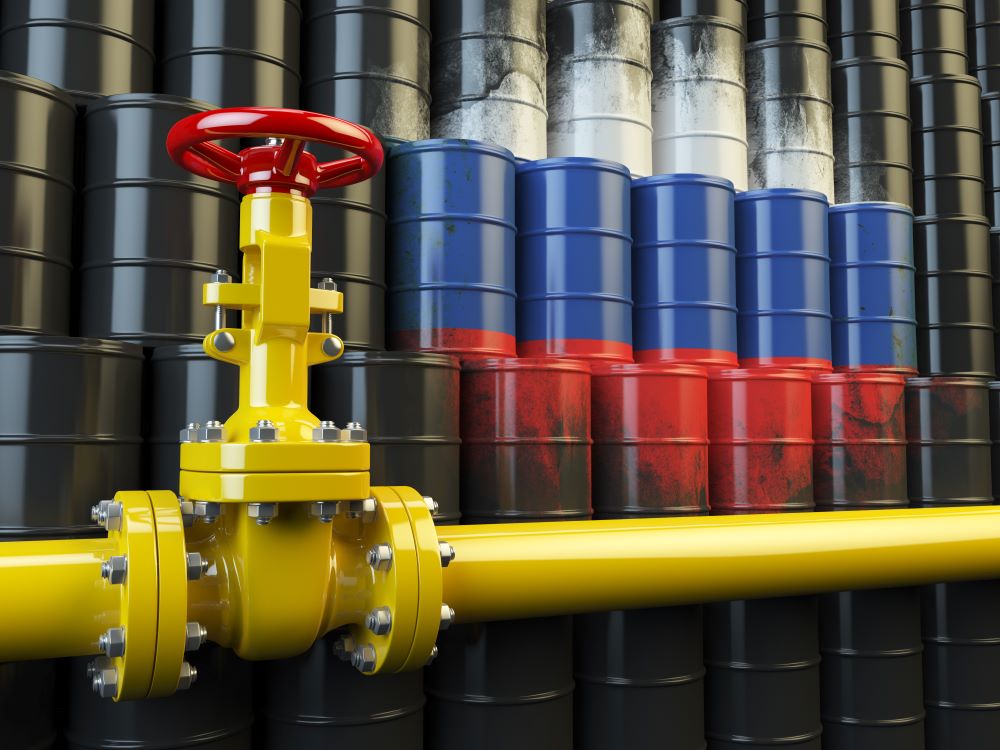
The world is on an “unstoppable shift” towards clean energy with fossil fuel use expected to peak by 2030, but the world is still on track to miss its global climate goals according to the International Energy Agency’s (IEA) annual report on energy.
Founded in 1974, the IEA acts as a global energy watchdog and releases an annual World Energy Outlook (WEO) report detailing energy trends and including models of what the future of the market could look like.
In the 2023 version, released yesterday (24 October), the IEA stated that global reliance on fossil fuels meant that the world was still on track to be facing a global average temperature rise of 2.4C by 2100.
Fifty years on from the IEA’s formation, “the world once again faces a moment of high geopolitical tensions and uncertainty for the energy sector,” the IEA said in the report.
The organisation refers to the 1970s energy crisis when the price of oil spiked, driven by events in the Middle East such as the Iranian Revolution and the Yom Kippur war.
The ensuing crisis caused recessions in several countries and drove many nations to permanently change their energy strategies.
Volatility
Oil prices have been volatile since the outbreak of violence in the Middle East, a major source of the world’s oil, combined with the ongoing war in Ukraine, which has disrupted natural gas flows as many Russian suppliers remain under sanction.
Although the price of oil has recently fallen as Israel reconsiders a major ground offensive in Gaza, the IEA warns that the cost of fuel could rise if the Middle East faces a protracted conflict.
“A tense situation in the Middle East is a reminder of hazards in oil markets a year after Russia cut gas supplies to Europe,” the report says.
“Ultimately, what is required is not just to diversify away from a single energy commodity but to change the energy system itself, and to do so while maintaining the affordable and secure provision of energy services.”
Transition
The IEA predicts that fossil fuel use will peak by 2030.
Although this would still not be enough to meet net zero emissions targets, this is the first time that the organisation’s models have fossil fuel demand peaking.
Oil, gas and coal are all expected to experience a drop-off in demand.
For oil, the “astounding” rise of electric vehicles has impacted the need for road transport, while the “golden age of gas” is coming to an end as gas-powered boilers are slowly replaced by heat pumps and other new and ‘greener’ technology.
In 2020, one in 25 cars sold was electric, whereas by 2023, this has risen to one in five.
Energy transition
The transition to ‘clean’ energy is behind the drop in demand for fossil fuels.
The report said the growth in clean energy and technologies was "impressive".
However, the IEA warns that the current rates are still not sufficient, although there is still hope for the future with there being a “narrow” path to hitting net zero.
Since the 2021 version of the report, 50% of technologies needed to hit net zero were not on the market. In 2023, this has dropped to 35%, amid greater public and private investment technologies not available on the market.
However, there were still barriers to hitting this goal. The IEA warned that more investment was needed in developing nations and the issue of supply chain shortages for critical minerals threatened to derail the move to clean energy.
In addition, a significant amount of capital investment remained in fossil fuels, even though this was starting to move towards cleaner energy sources.
Solar opportunities
One notable conclusion was that trade could see a boom in solar manufacturing.
Currently, the manufacturing industry for solar power is predominantly based in five countries, with China being responsible for over 80% of global output, followed by Vietnam (5%), India (3%), Malaysia (3%) and Thailand (2%).
Although use of solar panels is predicted to increase significantly over the coming decades, the pattern of trade is predicted to remain largely untouched, with Southeast Asia likely to remain a major exporter.
Even the US’ Inflation Reduction Act is not expected to move the needle much. Nor is European investment, with both measures expected to lag significantly behind in manufacturing terms, even as domestic demand rises.



